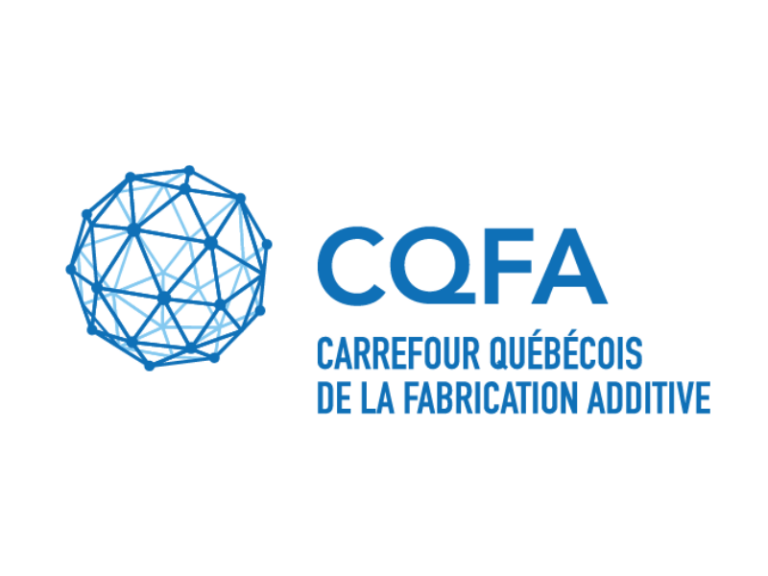
2023/01/18
Automating mix design for 3D concrete printing using optimization methods
Sergis, V.; M. Ouellet-Plamondon, C. (2022). Automating mix design for 3D concrete printing using optimization methods. Digital Discovery, 2022, 1, 645-657.
3D concrete printing technology introduces automation to the construction industry. The wider build customizability is a great advantage of this technology, but it adds complexity to the mix design. The compositions formed are far more complex than in conventional concrete, increasing the difficulty in designing mixtures for 3D concrete printing. As the number of materials in mix design increases, the workload increases exponentially during the development process. In this study, optimization methods are employed to automate the development of mortar mixes. The three objectives are the improvement of workability, buildability, and compressive strength. Eight factors are investigated in total, with three being qualitative and five quantitative. Those factors include cement, sand, and superplasticizer types as well as the water-to-binder ratio, the sand-to-binder ratio, and admixtures dosages. An initial D-optimal set of 18 mixtures is formed to drastically reduce the number of experiments. Feedforward neural networks are used to predict the properties of new mixtures. To increase the accuracy of the models, the genetic algorithm is used to optimize the hyperparameters of each network. Finally, the Pareto-optimization algorithm is used to control the materials and their dosages with the aim of simultaneously optimising the values of the three objectives. The proposed multiobjective approach generated mixtures with improved properties that met all three criteria after only five iterations and twenty-one additional mixtures were formed. The results indicate that this methodology can reduce the required workload while generating mixture compositions with improved properties by following an optimum trend.